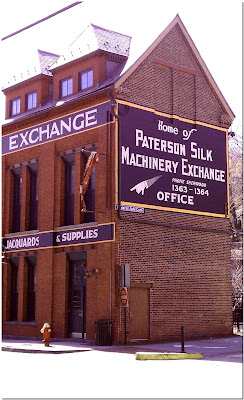I spent years (growing up) having my birthday celebrated with a peculiar pronouncement. By my momma, who would say to anybody that was willing to listen, “He was born the day after Franklin Delano Roosevelt died.”
For liberal Dems of my momma and daddy's generation, FDR was the man. For the longest time, that was my reference point as well. FDR...the fixed point on my own biographical compass, the standard reference for all things me.
I didn't realize that it was Harry Truman who was “my” President until I read the superb Truman biography many years later. I was a real Truman baby – he'd been VP for just 82 days when FDR died in Warm Springs, GA.
After being sworn in as Veep, Truman didn't have much in the way of detailed communications about the state of world affairs or domestic politics of America with Roosevelt. He was utterly uninformed about major initiatives about winning of the huge and costly World War and especially about the top-secret Manhattan Project, which would give America the first atomic bomb.
It has been much quoted that, shortly after taking the oath of office, Truman said to reporters (among whom he had many friends):
Boys, if you ever pray, pray for me now. I don’t know if you fellas ever had a load of hay fall on you, but when they told me what happened yesterday, I felt like the moon, the stars, and all the planets had fallen on me.
It was Truman's initiatives that would affect my personal and professional life for the next six decades, rather than Roosevelt's, everything from atomic-bombing Japan to win WWII to fighting the Cold War to integrating the US armed services. I am certain my momma knew of these things; I never heard her credit the 33rd President of the United States with playing any special part though. It is an easy oversight to correct (and neither Truman's nor momma's fault I have grown up to be a Republican).
If a birthday – especially a magic number-birthday like mine today – has any meaning, it's defined not just by the present but by many pasts too. If you haven't read about anyone truly great lately, let me suggest that David McCullough bio of Truman to you. Think of the recommendation as my birthday gift to you. Thanks for all the best wishes.
Note: Presidential portrait of Truman painted by Greta Kempton from Wikipedia.





